Pine Needles Goes Back in Time
Pine Needles Goes Back in Time
By Lee Pace

The golf world did a double-take when first exposed to a century-old Donald Ross-designed golf course in the North Carolina Sandhills for the 2014 U.S. Open. No longer was Pinehurst No. 2 a glossy and polished landscape of lush grass and smooth lines. After a significant facelift engineered by architects Bill Coore and Ben Crenshaw, the course Ross first unveiled in 1907 and ultimately completed in 1935 was now a cornucopia of hardpan sand, jagged bunker edges, wiregrass, serpentine fairway patterns and whatever “volunteer vegetation” pushed its way through the sandy soils.
“I love what Ben and Bill have done,” said Lanny Wadkins, who knew No. 2 intimately from his days as a junior and collegiate golfer in the 1960s. “It was always one of my favorite courses, and now it is again. The thing I like is that they have really taken it all the way back, even more than I remembered. It really looks good. They got it right.”

A similar scenario will present itself June 2-5 when the U.S. Women’s Open is held at neighboring Pine Needles, another Ross design dating to the early 1900s (opening in 1928). Competitors in previous Opens at Pine Needles in 1996, 2001 and 2007 played a course dominated by terrain maintained over the years with lots of water and fertilizer. It was a svelte green look consistent with prevailing maintenance standards in golf, the so-called “Augusta look.”
Now Pine Needles has followed No. 2 in a throwback venture to its roots. Ross understood sand, whins and gorse from his formative years in Scotland; he connected to the Sandhills in a similar fashion via its sand, wiregrass and taut playing surfaces.
Kyle Franz, a construction worker and design associate on the Coore and Crenshaw team at No. 2 from 2010-11, took his experience, knowledge and keen eye for Ross’s style to Southern Pines to orchestrate similar restorations of Mid Pines (completed in 2013) and Pine Needles (completed 2019).

Among the tweaks Franz made that golfers who played Pine Needles in 2007 and are returning for the first time a dozen years later will notice are these:
- Expanded fairways to original margins to 38 to 60 yards;
- Restored and/or reconfigured all 70 bunkers to Ross’s rolled-over style of the mid-to-late 1904s and added eight new bunkers to challenge modern length.
- Reestablished what Franz calls “horse-and-blade caliber micro-contours” in the greens to add interest and challenge to the putting element;
- Removed 11 acres of Bermuda rough and replaced them with native hardpan, wiregrass and pine straw;
- And replaced the uniform-looking expanses of love grass in front of many tees with a more rugged look of sand and native growth.
“Overall, it’s a little more clean and manicured look and different from Mid Pines,” Franz says. “There we went guns blazing with the native stuff around the edges. At Pine Needles now we have a cool and rugged look, but it’s a little more manicured than No. 2 and Mid Pines.”

Kelly Miller, a noted amateur golfer and president of the Pine Needles and Mid Pines ownership groups, notes the contrasts in images from 2007, when Cristie Kerr won the championship, to what golfers will find in June. “I was looking at some photos from 2007, shots showing Cristie coming down the 18th fairway,” Miller says. “You had thick Bermuda everywhere you looked, all green grass. It’s quite a contrast now.”
A decade ago, a golfer could stand on the tee of the par-4 fourth hole, for example, and look to the left and see a round bunker with 10 yards of verdant grass between the hazard and the fairway. What was the point of the bunker given the ball could rarely run though all the vegetation into trouble?
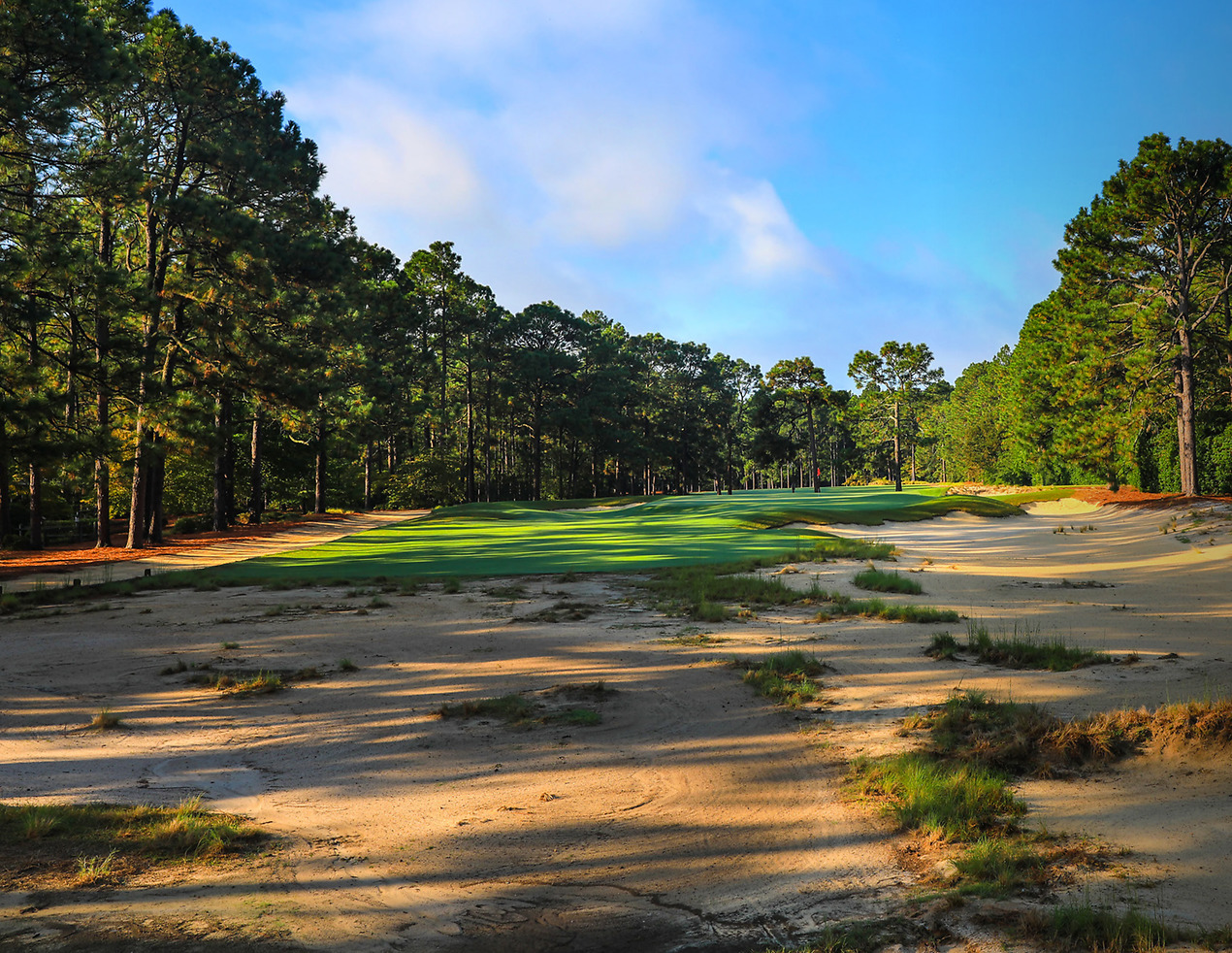
Now the bunker is amoeba-shaped and juts into the fairway. The right side of the bunker is bordered by tight Bermuda fairway, the left by hardpan sand and pine needles. On the top of the bunker is a profusion of scraggly wiregrass. The fairway on both sides rolls straight into sandy waste areas. Gazing up toward the green, there is nothing that speaks of structure or organization.
“We’ve cleared out all the rough and now have sandscapes, hollows and hardpan,” Franz says. “There are some Pine Valley looks out there.”
Pine Needles is now exquisitely framed with sand, wiregrass, ragged borders and an array of textures.
And the banner headline: There will be essentially no rough on the golf course.
“The course will play firm and fast, the way it should play,” Miller says. “I think it will be fun for the golfers. Last year at the Olympic Club, if you missed the fairway, you were in the hay. There’s virtually no rough here.”

Another significant change to the course from previous Women’s Opens is the speed, firmness and articulations in the putting surfaces. The greens were converted in 2016 to MiniVerde Bermuda, following the trend throughout the Mid-Atlantic of the last dozen years to ride the wave of more heat-tolerant Bermuda grasses that don’t need the water and maintenance demands of summertime. Franz took the opportunity during the conversion to integrate subtle contours in the greens to add interest and challenge to the putting element.
“There aren’t any elephants buried in these greens, but Kyle put far more movement in them,” Miller says. “There are cool locations on all of them. I think the Bermuda greens and wider fairways will work well. In Ross’s era, golf was played more along the ground. Now it’s more in the air. But the Bermuda greens are firmer and offer a more challenging surface.”
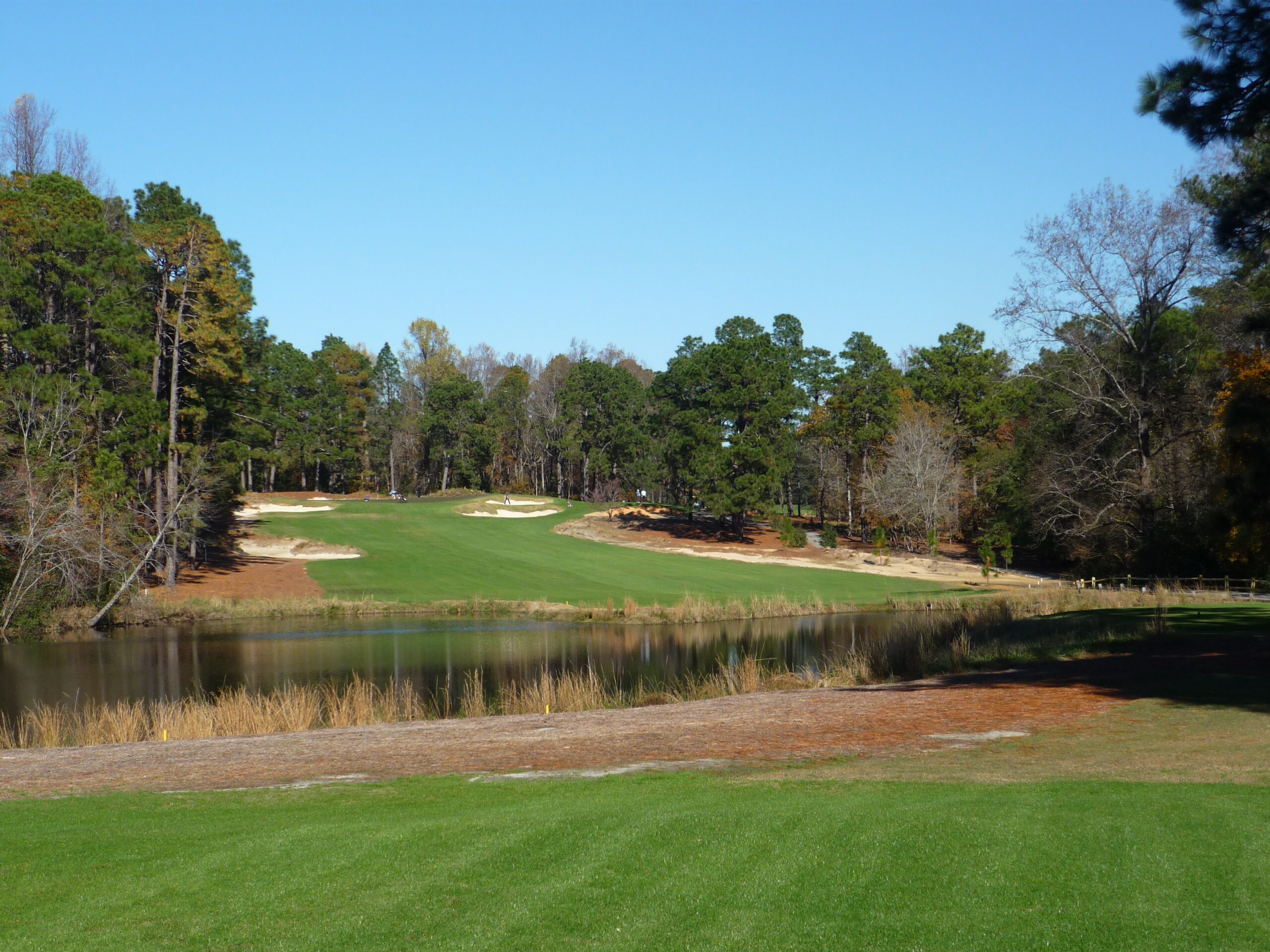
Pine Needles offers an interesting challenge off the tee as it tempts players to reach for a little extra to catch the speed slots on many holes. Nearly half of the driving holes (those not par-threes) have crests running perpendicularly across the fairway. Hit into the slope on one, two, six, seven and 12 and you lose distance. Carry the high point and you get a slingshot boost further toward the green. The 18th doesn’t have that ridge, but there’s definitely a speed slot you can catch with a tee ball curved right-to-left. And by expanding the fairway widths, the golfer has more latitude to aim tee shots one way or the other to afford a better angle to the pin on a particular day.
“Kyle has revealed the genius of Ross’s routing—you have to hit to the proper side of the fairway,” Miller says. “You can have a tough approach if you hit to the improper side of the fairway.”

This will be Pine Needles’ fourth rendition of the ladies’ national championship following dates in 1996 (Annika Sorenstam the champion), 2001 (Karrie Webb) and 2007 (Cristie Kerr). USGA officials expect weekend crowds upwards of 15,000 spectators, similar to the draw from 2007, but the corporate hospitality footprint will be more modest given that two years of Covid suffocation left the USGA and potential clients with no clarity of what May-June 2022 might allow.
And similar to the 2014 U.S. Open presentation at Pinehurst, golfers and spectators will find a different look, one that illustrated the mandate from a USGA official a dozen years ago. Jim Hyler, the incoming president of the USGA, threw down the gauntlet in February 2010 at the association’s annual meeting, held coincidentally at Pinehurst and just days before Coore and Crenshaw would begin surgery on No. 2.
“We must re-set the way that we look at golf courses,” Hyler said. “As we have for the U.S. Open, I believe that our definition of playability should include concepts of firm, fast, and yes, even brown, and allow the running game to flourish. We need to understand how brown can become the new green.”
What goes around tends to come around. For Pine Needles, that distinctive look is returning to a golf course nearly a century old.
Read more:
Lee Pace has written about the Pinehurst-area golf scene for more than 30 years, including authoring “Sandhills Classics—The Stories of Mid Pines & Pine Needles.” Write him at leepace7@gmail.com and follow him @LeePaceTweet.
Other Blogs

10 Great Things To Do
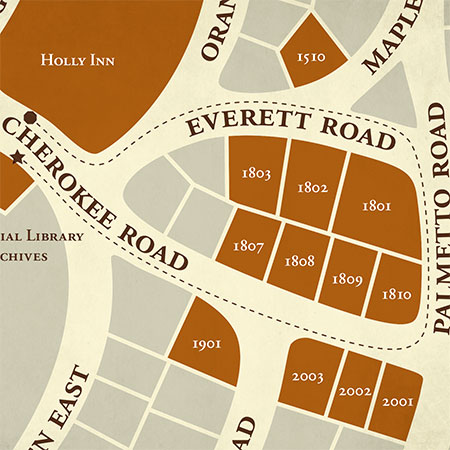
Discover The Path To Pinehurst’s Past

Insider Golf Tips

Unique Wedding Venues

North Carolina Couples Vacation

Our Favorite 19th Holes in the Home of American Golf

Girlfriend Getaways

Tobacco Road: A Truly Unique Golf Adventure

Carolinas Golf Association Hall of History
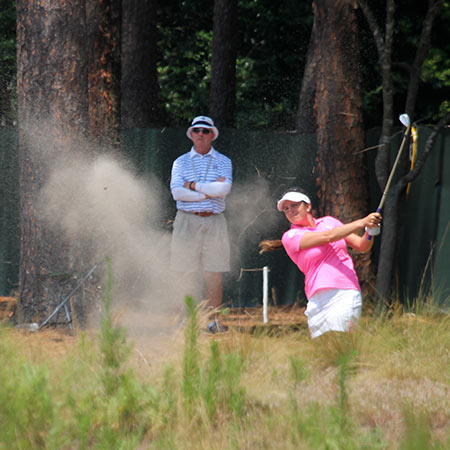
Where the Ladies Golf

Romancing Pinehurst

Home of American Golf and U.S. Open Connections

Former U.S. Open Champions Provide Pinehurst Area Some of Its Finest Designs

Donald Ross First of Many Architects to Design U.S. Open-Quality Courses in Sandhills

Sandhills Offers Outstanding Variety of Outdoor Activities

Buddy Golf Trip

18 Holes of Local Knowledge for the Sandhills Golfer

The Family Fun Trip
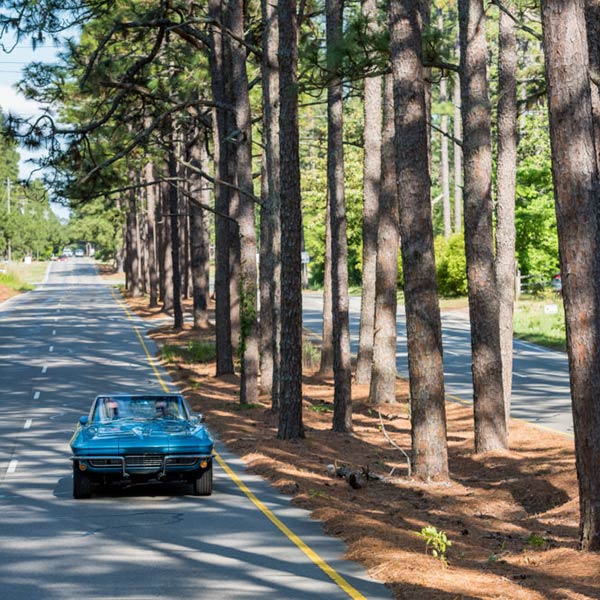
Midland Road: The “Fifth Avenue of Golf”
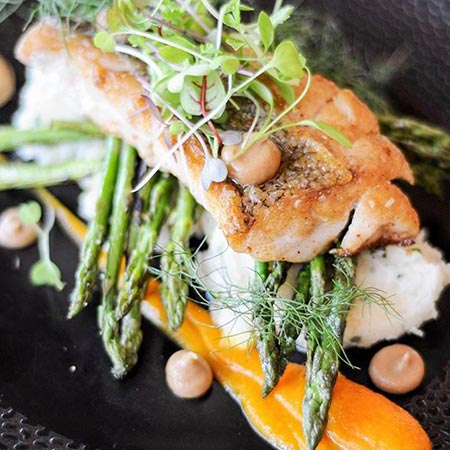
Collards, Community and Collaboration

10 Little-Known Facts About North Carolina’s Pinehurst/Southern Pines Region

Sandhills Holiday Gift Guide

Spring Primer: Local Knowledge from the Home of American Golf

Our Favorite Coffee Shops in the Sandhills
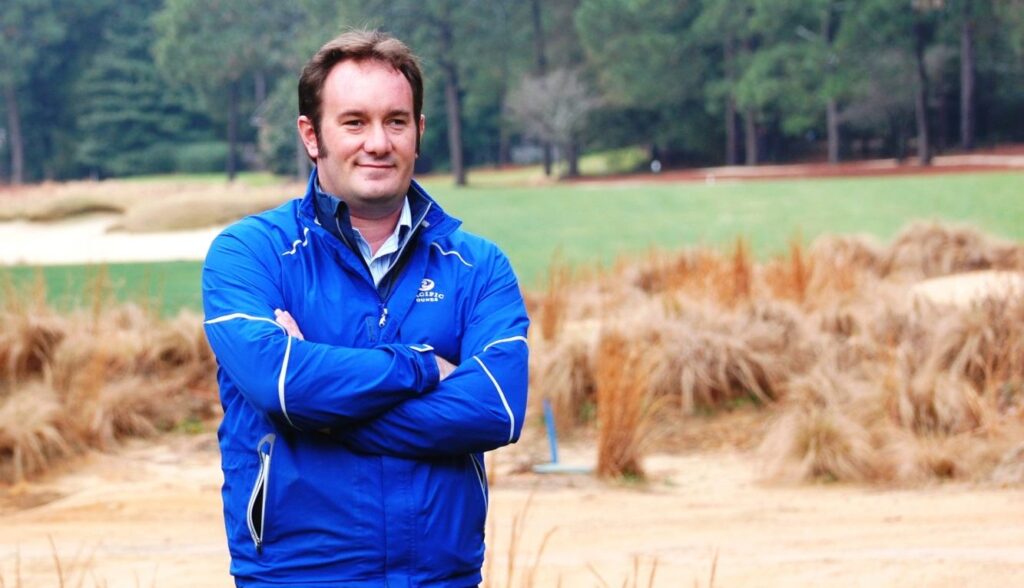
Franz Creating Legacy on the Links

Bring Fido! Pet-Friendly Finds Among the Pines

Bottlebrush: Pinehurst Area’s Best Kept Secret

Franz Part 2: The Legacy Continues

Why Visit Pinehurst If You Don’t Play Golf?
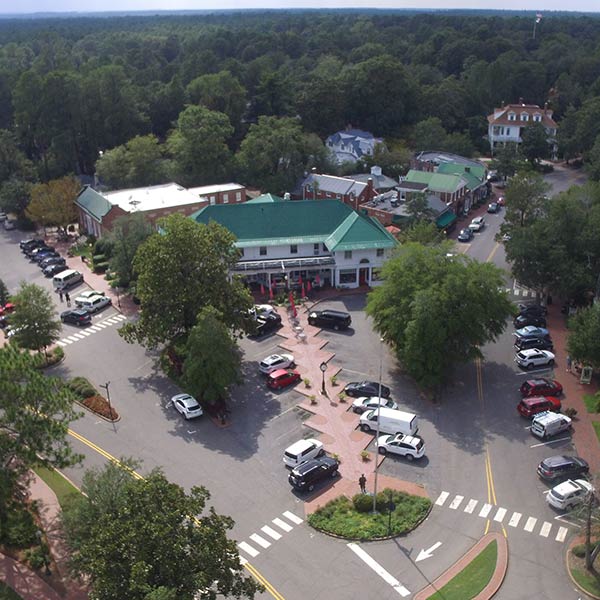
First Timer’s Guide to Pinehurst

Franz Part 3: On Sandhills Topography

Top 10 Places for a #Sandhills Selfie

“Bermuda Revolution” Around Sandhills Leads to Ideal Year-Round Golf

Hunger Games – Sandhills Golfers Dining Guide

Episode 1: Golf Tips with Nick Bradley

Episode 2: Golf Tips with Nick Bradley

Sandhills Embraces Walking Culture

Patrick Dougherty: The Stickman Cometh

Dining A to Z

Fall Renewal in the Sandhills

Pinehurst’s Ryder Cup 1951
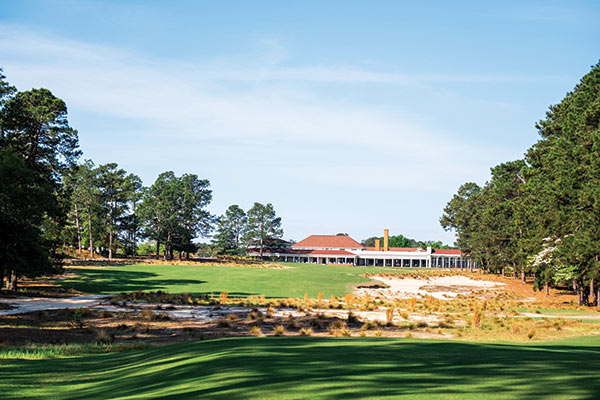
No. 2 Celebrates 10 Years

2004 Ryder Cup That Wasn’t

Family Fun in the Sandhills

Remarkable Golf Stays in The Pinehurst Area

Couples Weekend Getaway Ideas

Nature’s Canvas: Tobacco Road

Perfect Getaway to Southern Pines

Culinary Discoveries in the Sandhills of N.C.

Restaurant Roundtable Q&A

Dormie Club’s New Era

Talamore and Mid South: History of Their Own

Undiscovered Pinehurst

Off for Pinehurst

Talamore Doing More for 2022

Romantic Gift Ideas In Pinehurst Area

Foodie Weekend in the Sandhills

Wellness in the Pines

The Military Means Business in the Sandhills

Grande Dame of Women’s Golf

A Guide to Berry Picking in the Sandhills

Waltzing on the Danube with Peggy Kirk Bell

From Cradle to Cradle

Donald Ross Could Golf His Ball

No Resting on Laurels Around the Home of American Golf

Flower Farms in the Sandhills

Fall into Pinehurst Golf

What Goes Around…

Talamore Resort Debuts New Toptracer Range

The History of the Pinehurst Inns

“For me, Pinehurst is such a special place for golf!”- Tom Fazio

Maples Roots Run Deep in Sandhills Golf Design

New Southern Pines Mural

Pinehurst Area Buzzing with 2023 Excitement

Discover the Sweetness of the Sandhills

Celebrating the New Year in Moore County

The Big Three
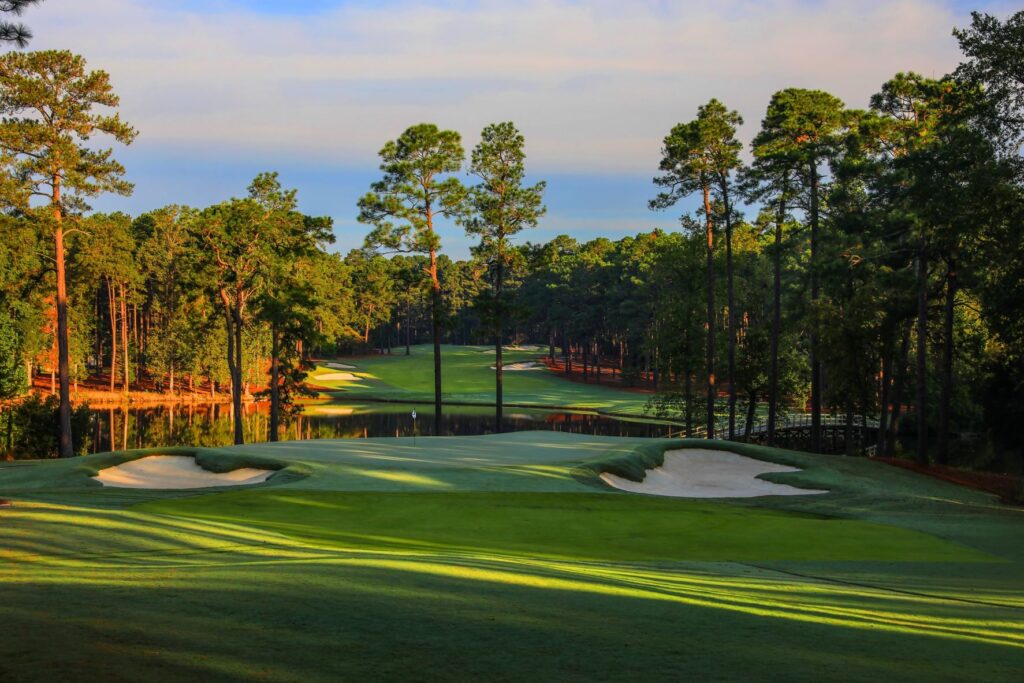
Jones Family Imprint

The Hanse Touch

Coore & Crenshaw Roots Run Deep

Pinehurst Resort Announces New Course to be Designed by Tom Doak

PINEHURST’S MAGNOLIA INN REOPENS

Southern Pines Golf Club Recognized

Spring in the Sandhills

Mother/Daughter Weekend in the Sandhills

A Few of Our Favorite (Golfing) Things
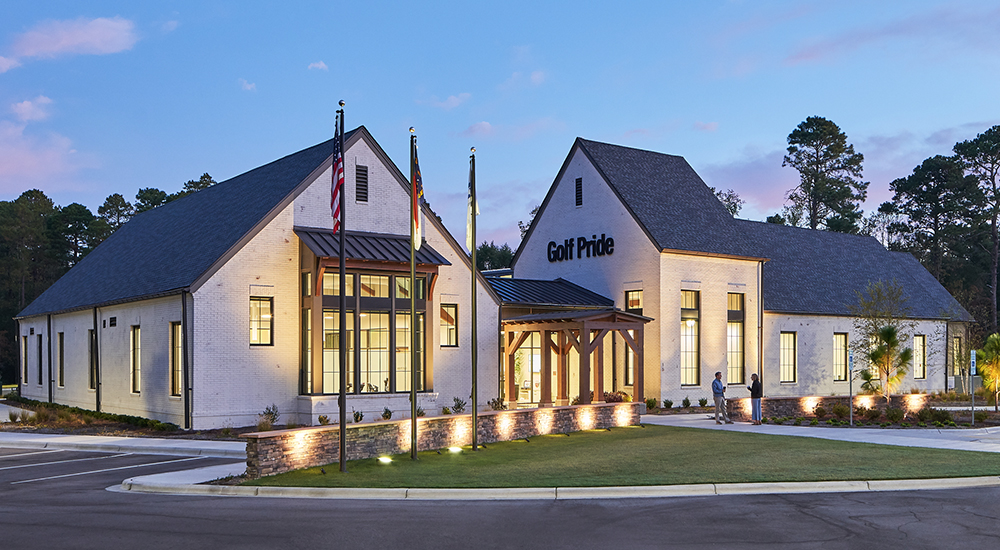
Golf Pride Retail Lab

6 Trails to Explore for the Year of the Trail

Pinehurst No. 2 Still Ranked Best Course in NC

Sandhills Ecology 101

X Marks the 10-Spot

Best Date Night Ideas in the Sandhills

Small Towns Big Style

9 Urban Trails Around Pinehurst Area

Uniquely Pinehurst

2024 U.S. Open: A Look Ahead

1999 U.S. Open: A Look Back

A Restorative Weekend Getaway at Tanglewood Farm B&B in Southern Pines

Top Things To Do On A Long Weekend

Independence Day in the Sandhills
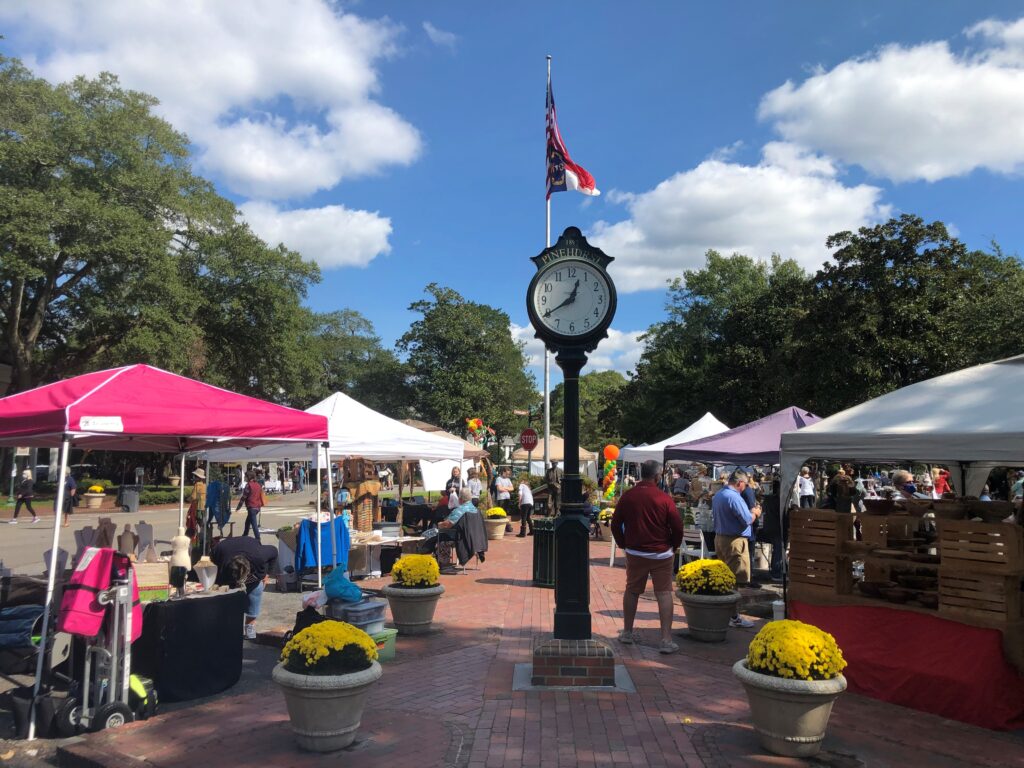
Fall Events Around the Sandhills

Celebrating NC Peaches

Kid You Not

Sleepy Summers No More

Getting Outside

When They Were Young

Pinehurst Major-itis

Loving Our Black & Whites
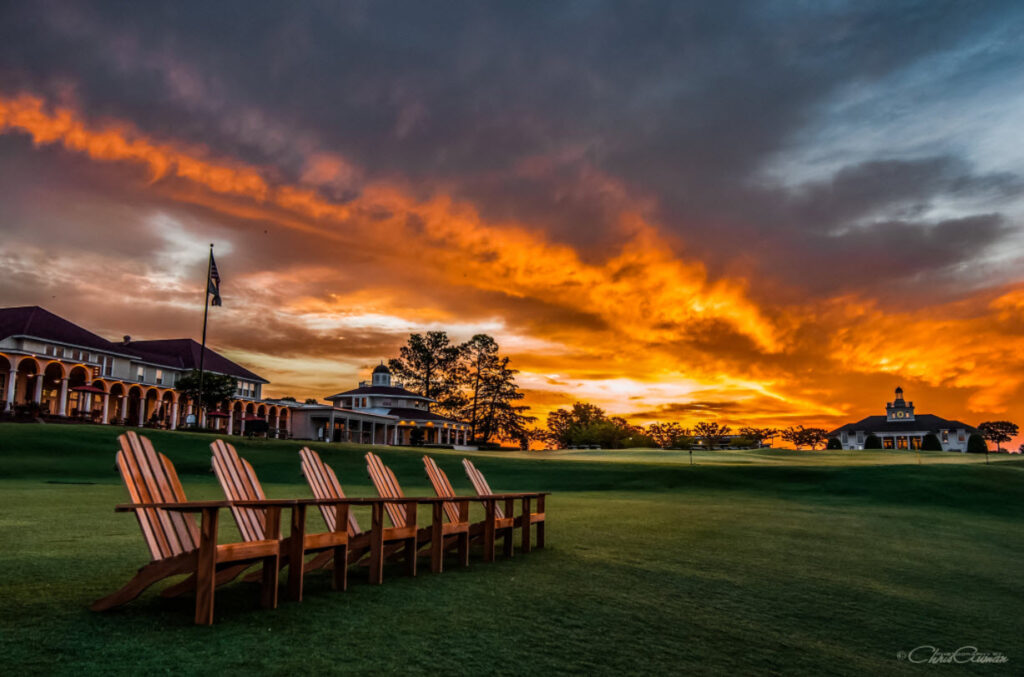
Lens of the Sandhills

Festival D’avion Named as Signature Event
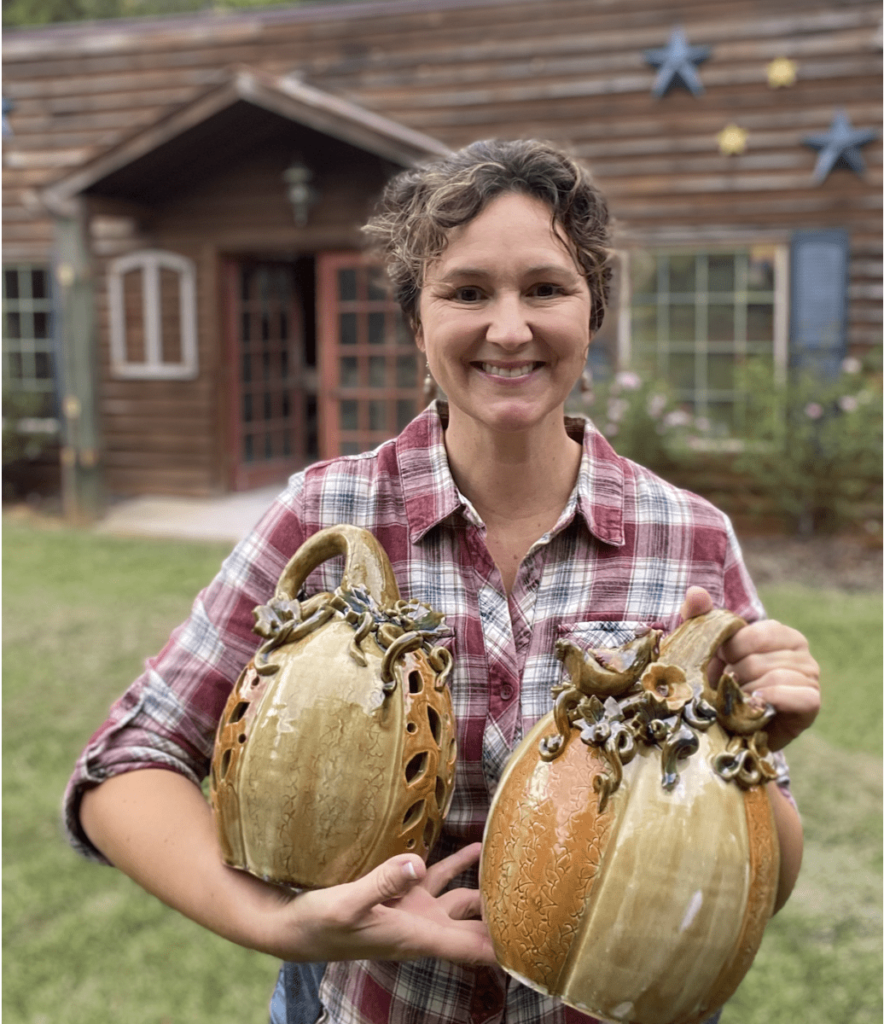
Celebrate American Craft Week

Act Two for Tot Hill Farm

An Artist in the Dirt
Legends of the Pines

Breakfast Joints of the Sandhills

The Scottish Invasion

To Dornoch and Back

A “New” Pinehurst Welcomes the World in 2024

Pinehurst Holiday

Golfers Gift Guide

Sandhills Nightlife Scene

A U.S. Open Year

Payne at 25

Where to Antique in Cameron and Carthage

Girls’ Weekend in Moore County
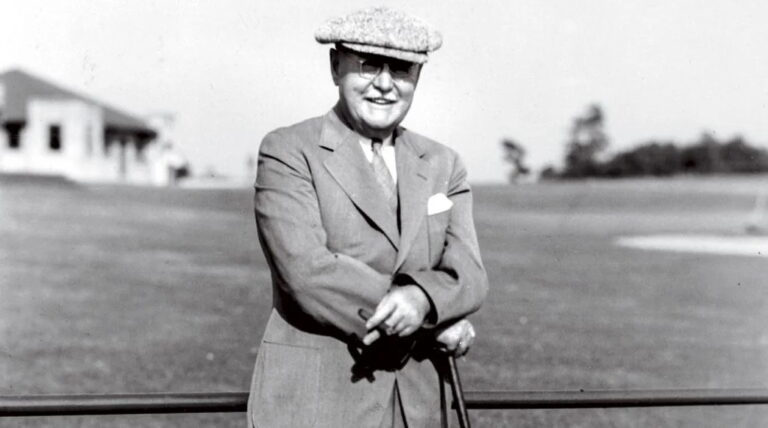
Sandhills Hall of Fame

Hall of Fame Take Two
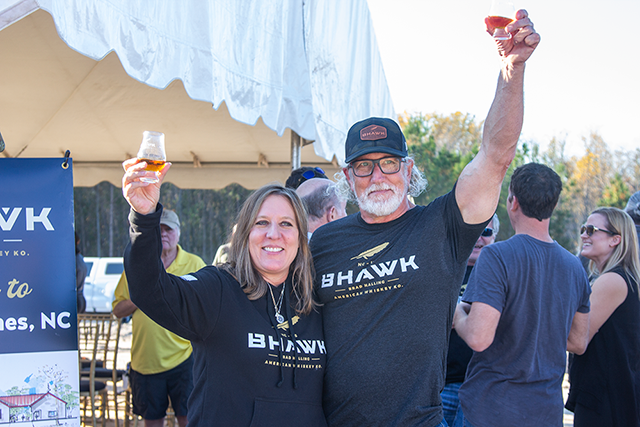
BHAWK Distillery Toasts Military Spirit

A Dozen Master Strokes

Popular Pinecone Pathways Returns for Spring 2024

The Dynamic Decade

Sandhills Pours Double Dose

Rebirth at Woodlake

Pints in the Pines: A Guide to the Breweries of the Sandhills

Count to Ten

Architect’s Mosaic

USGA Officially Opens Golf House Pinehurst

No Putter, No Problem

Meet the Makers

The Eve of the Open
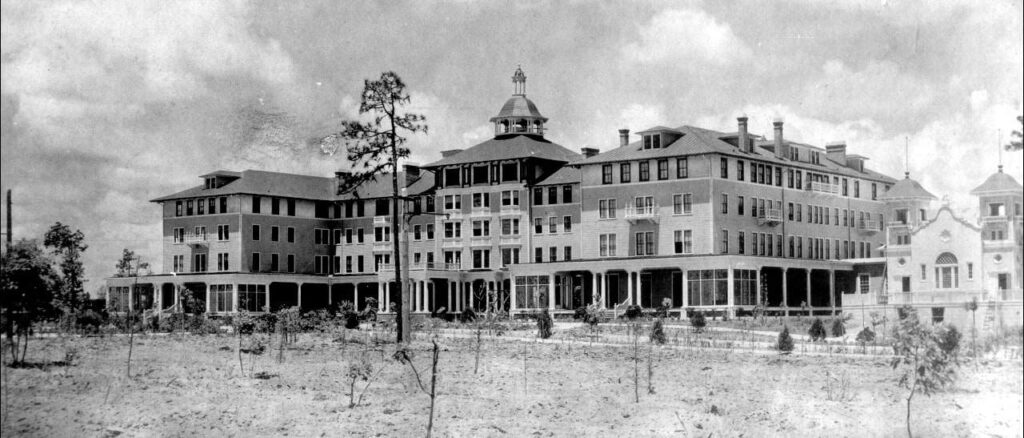
The Coincidental Resort

The Shot

Village People

Pinehurst Area Basks in U.S. Open Glow

World Golf Hall of Fame

